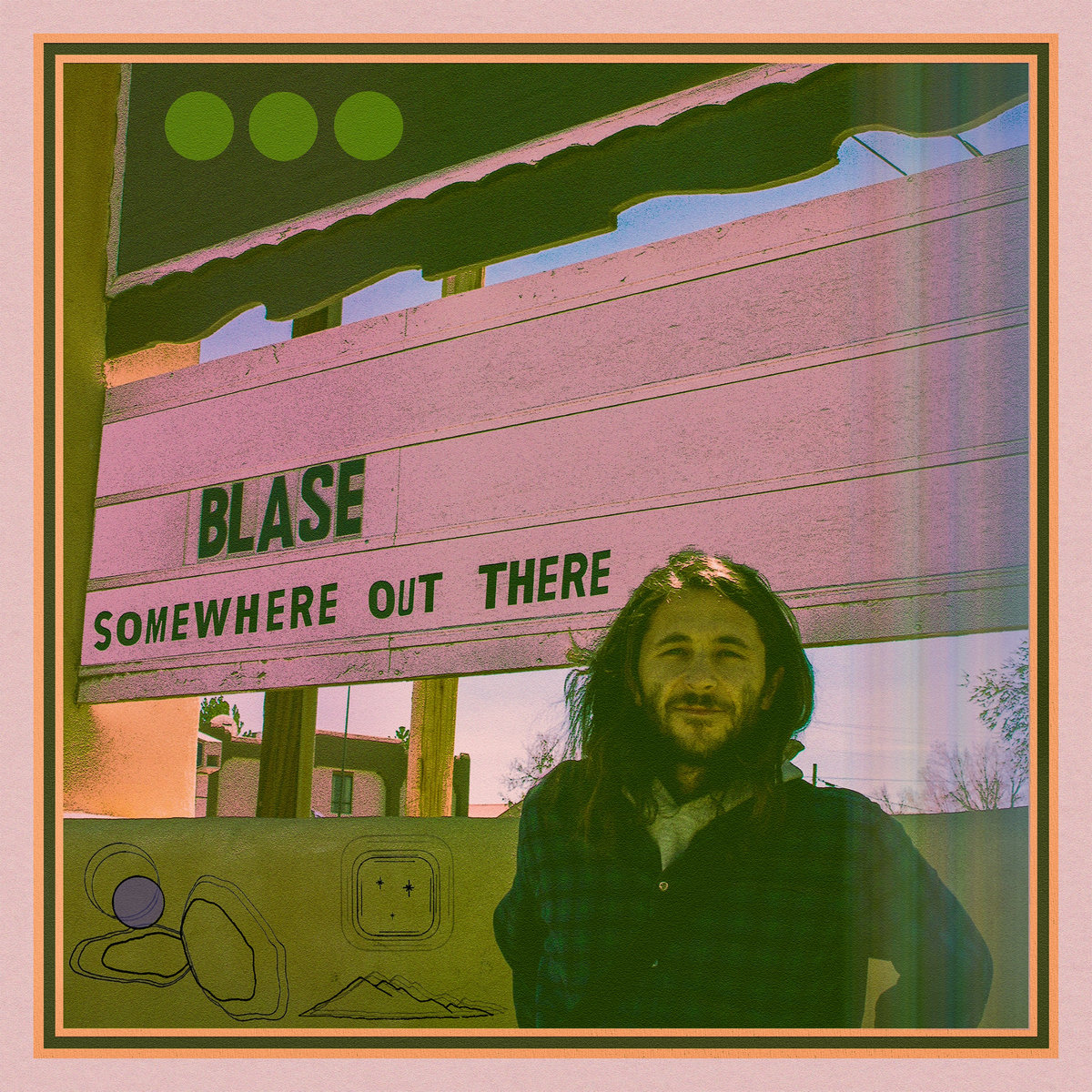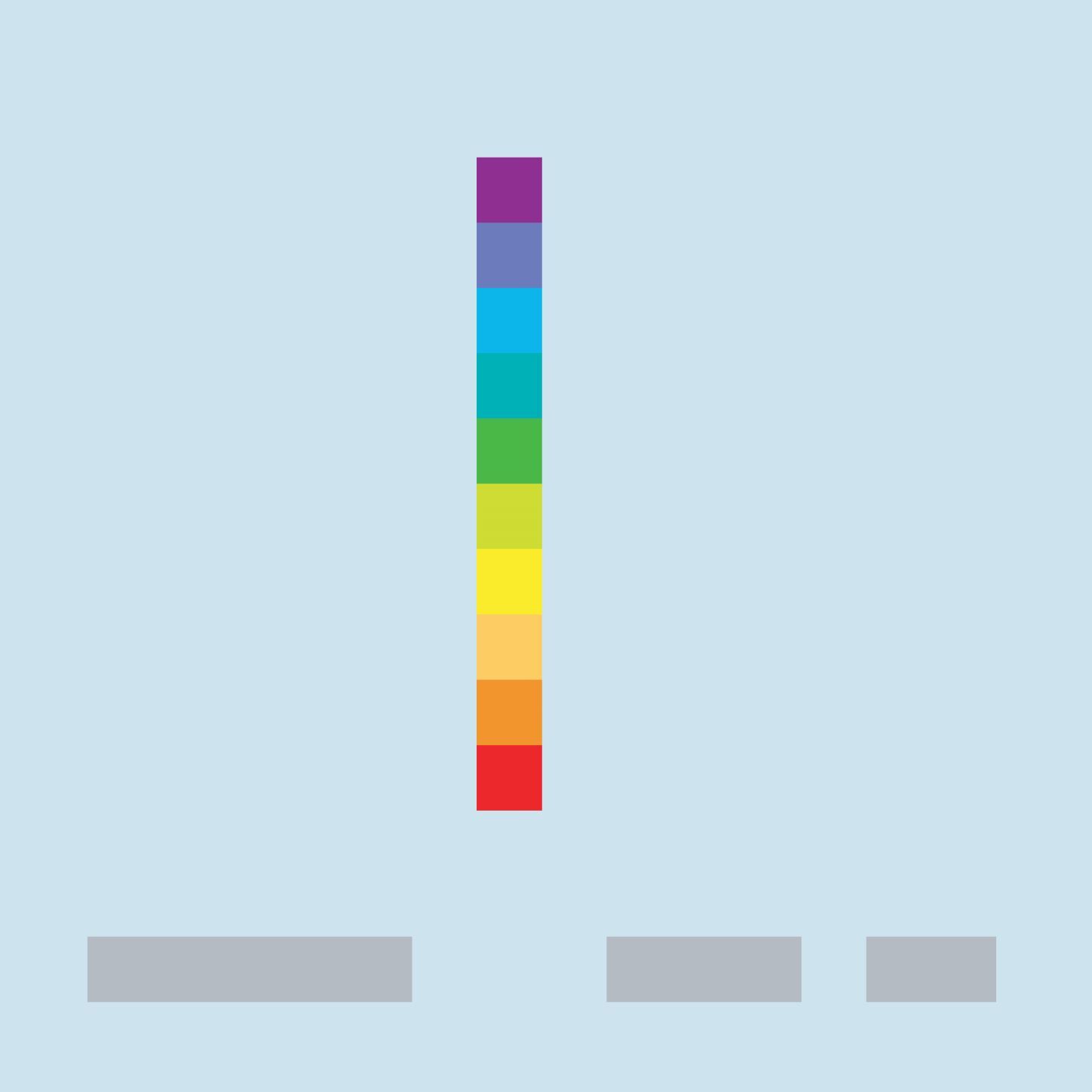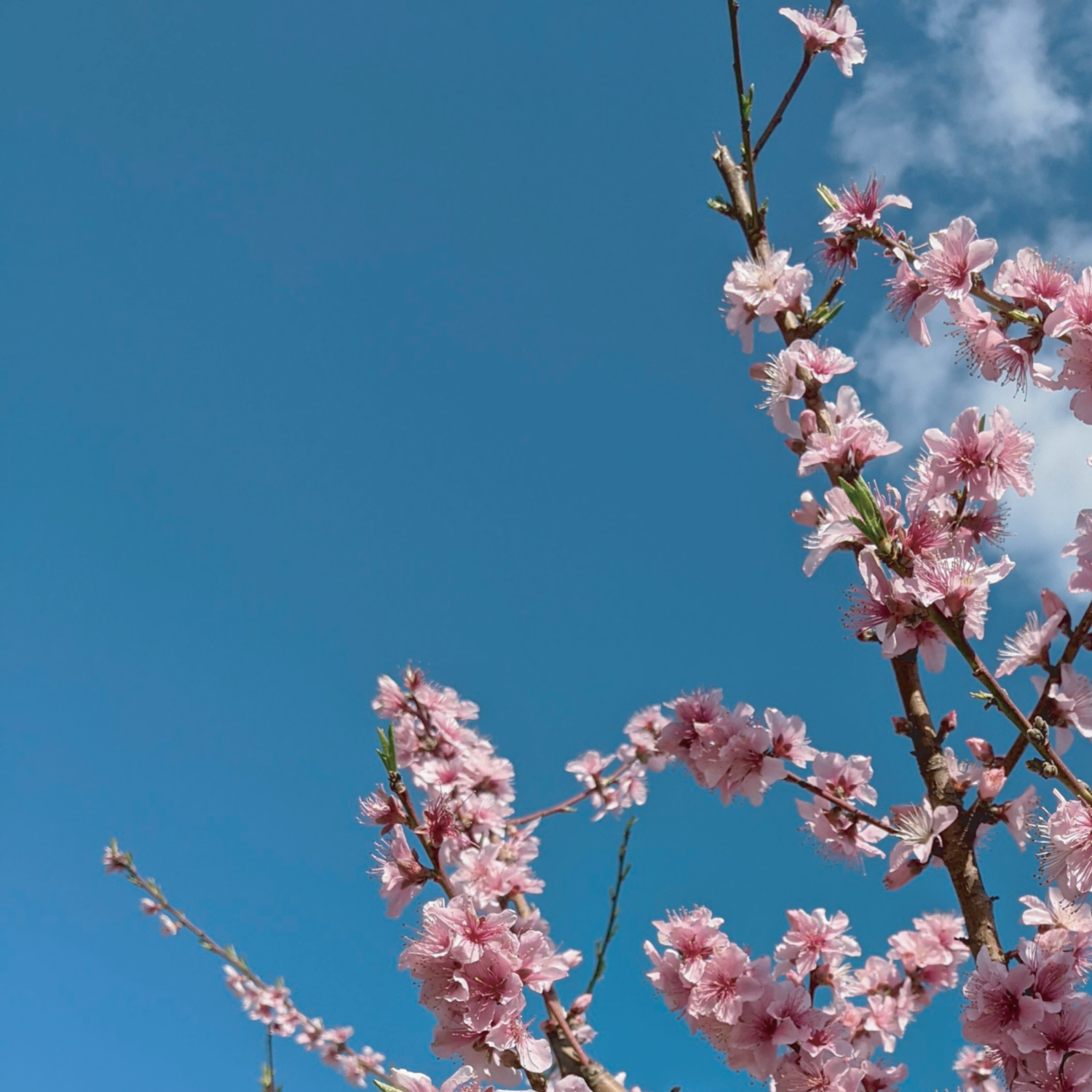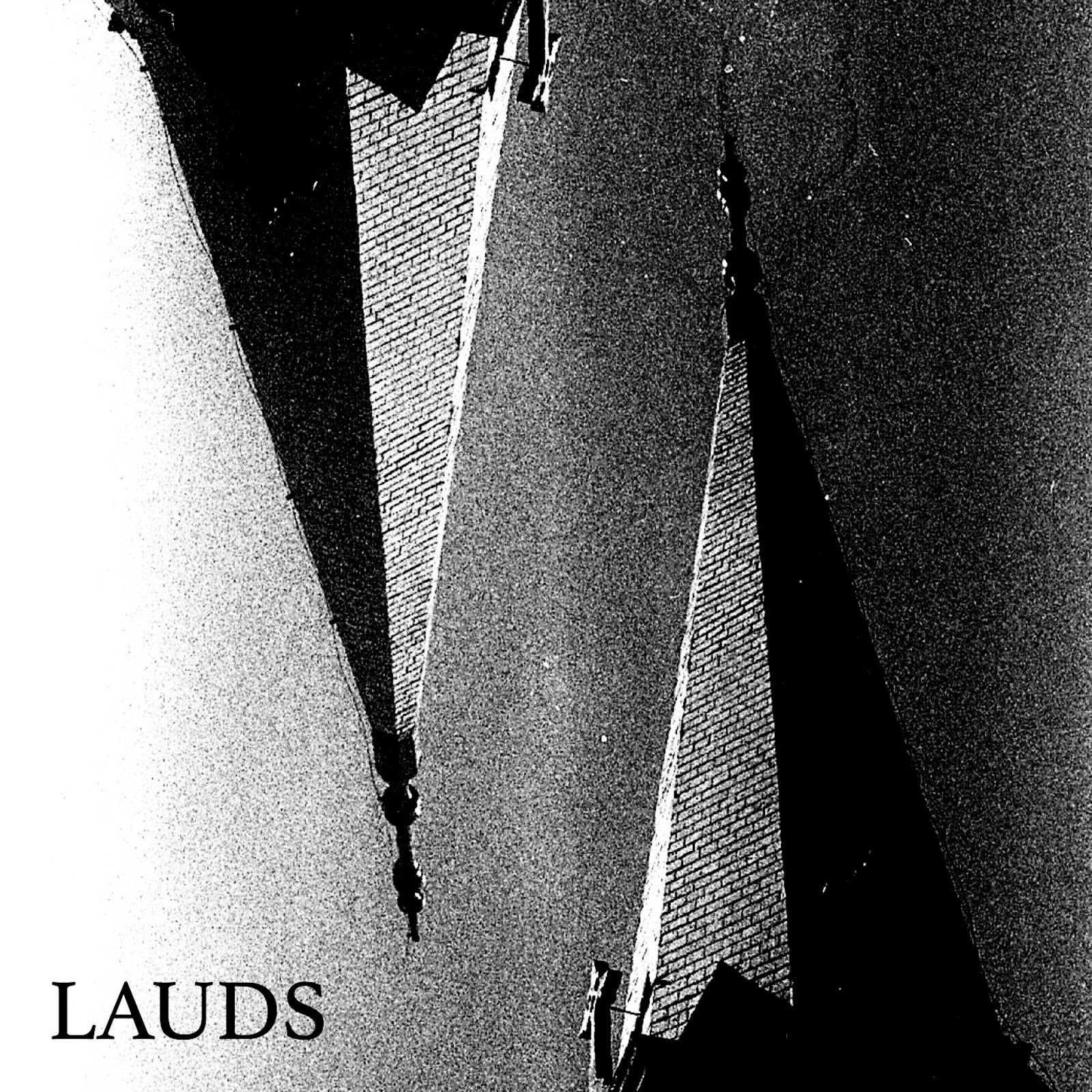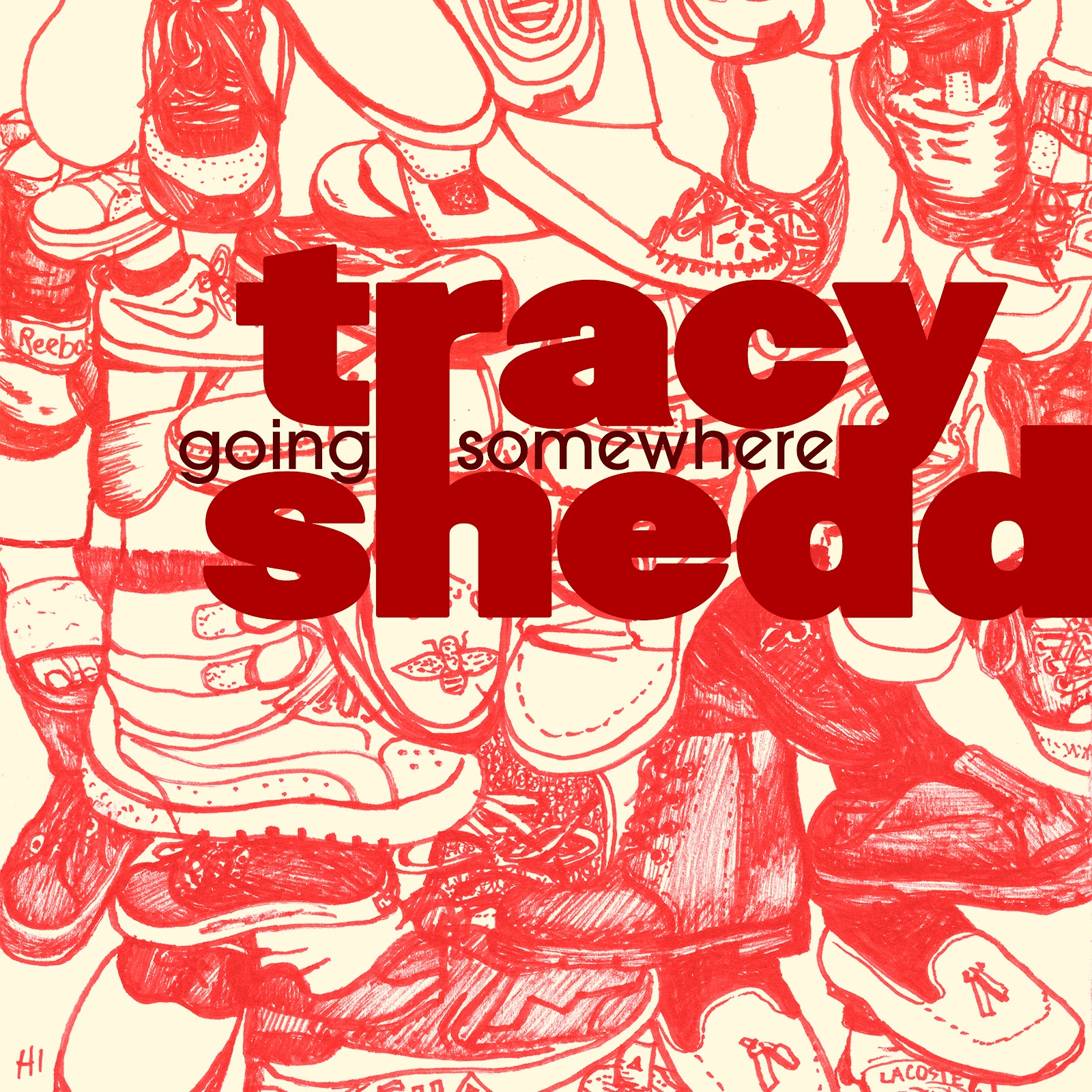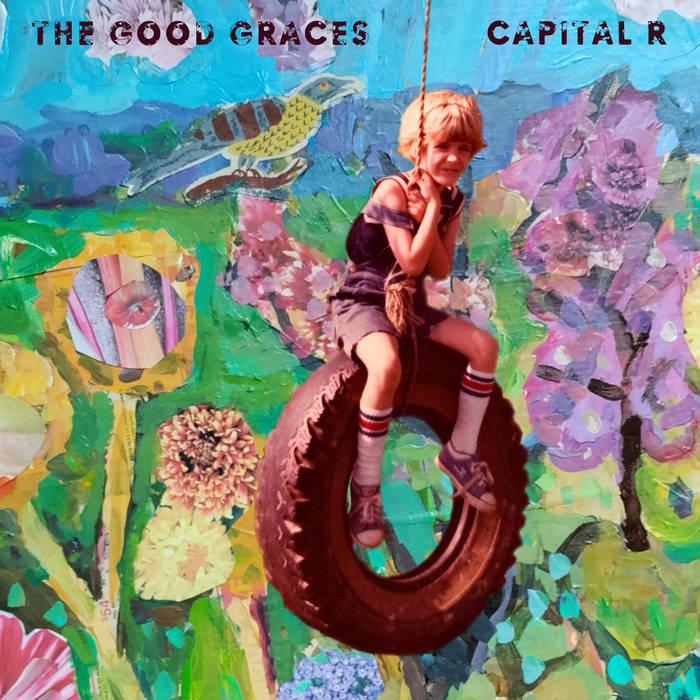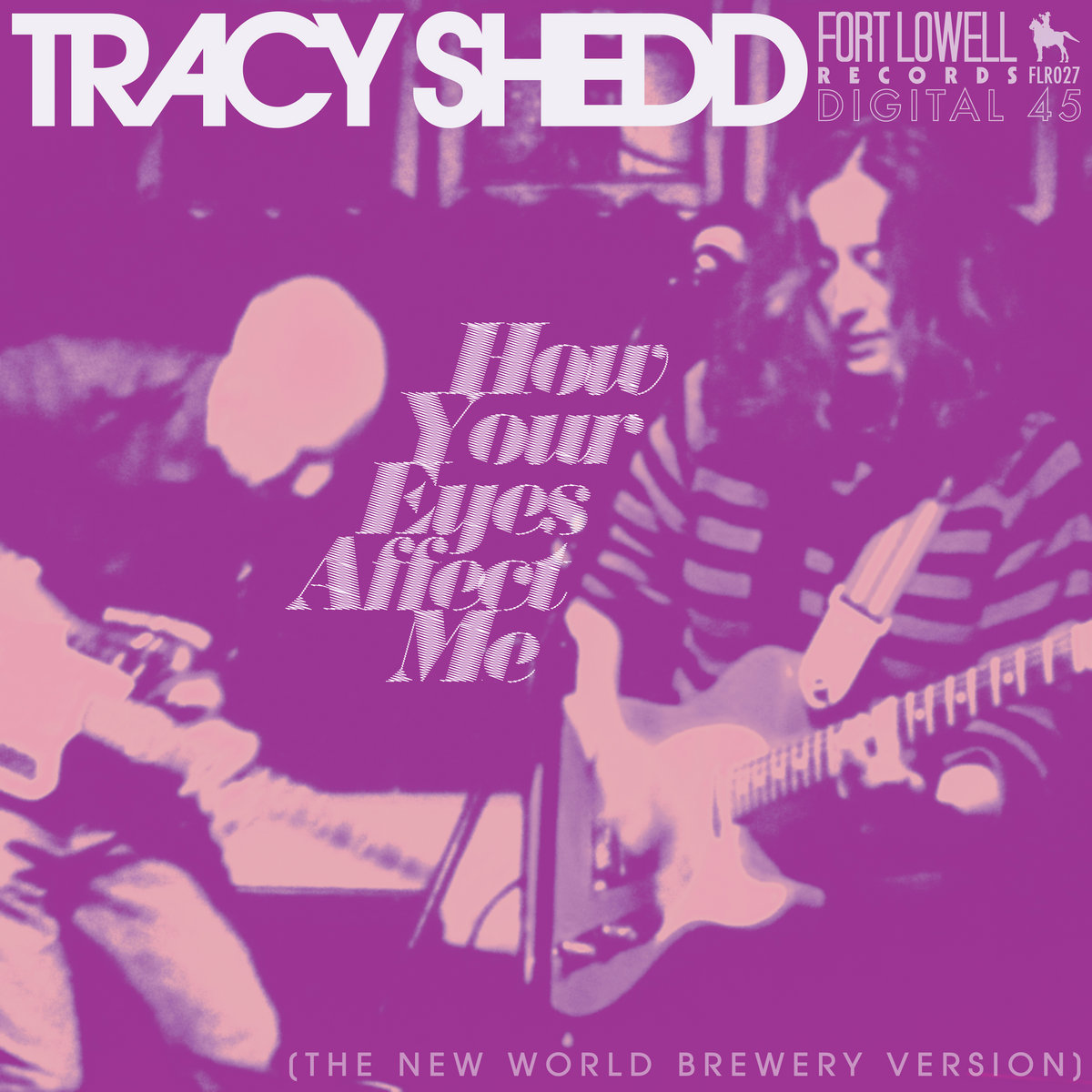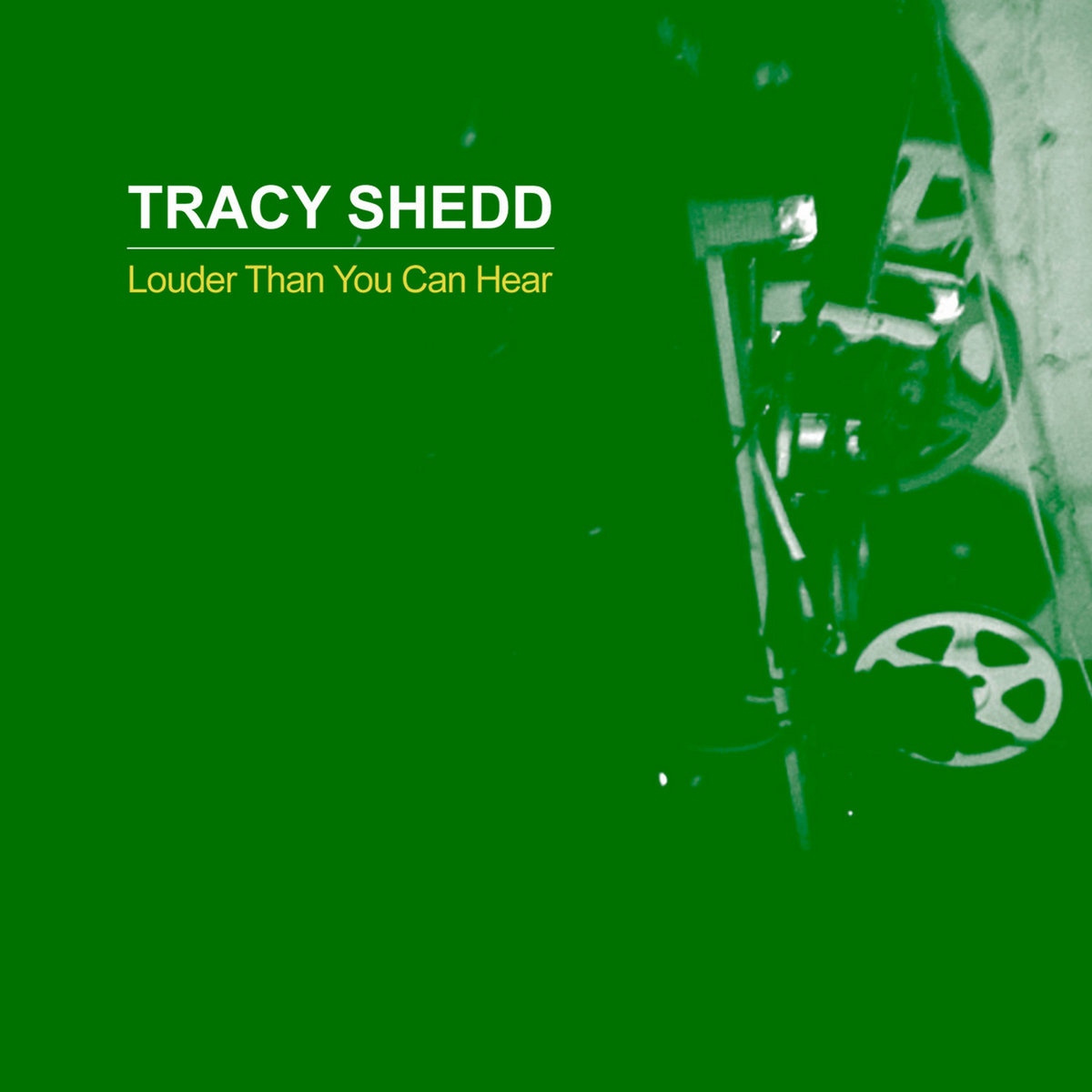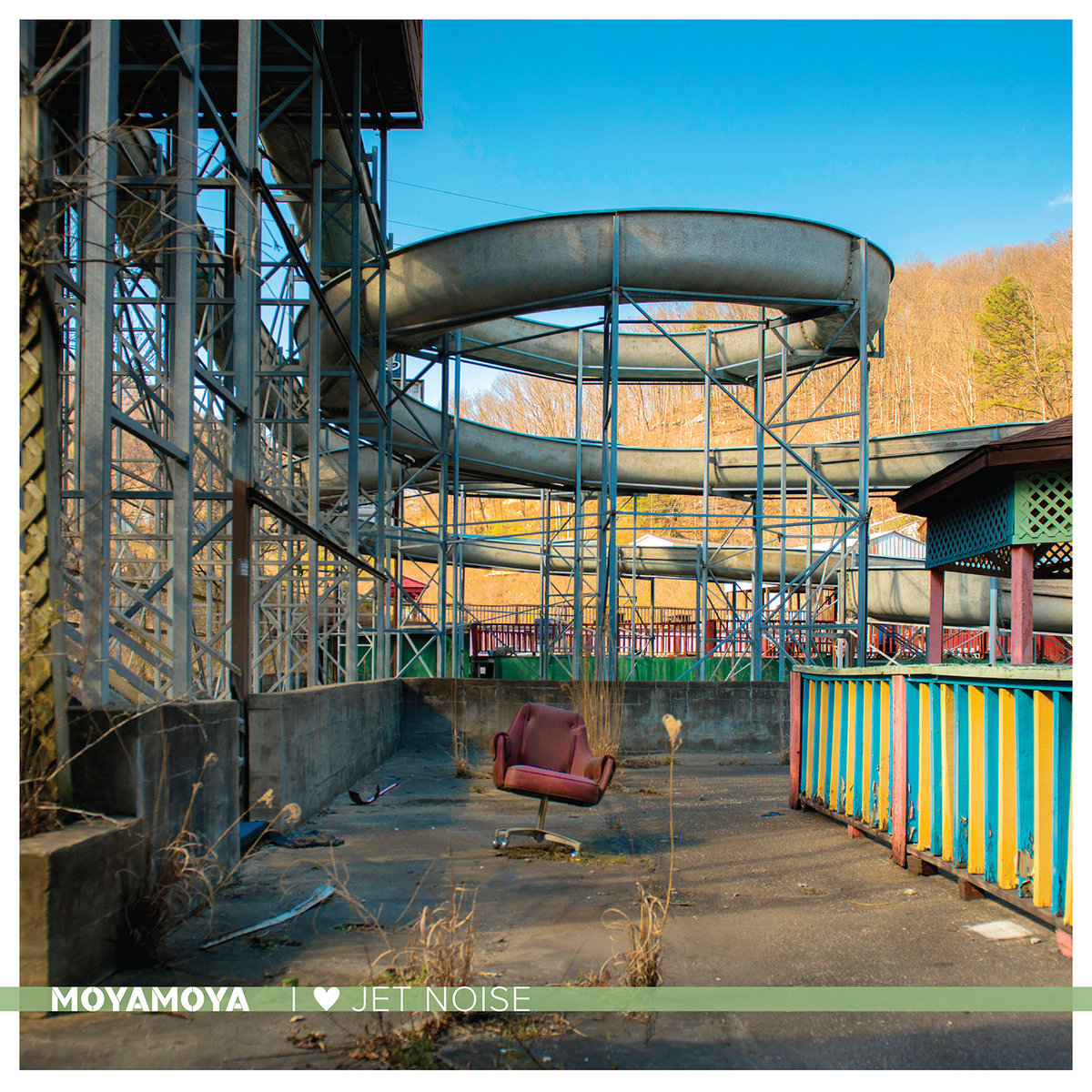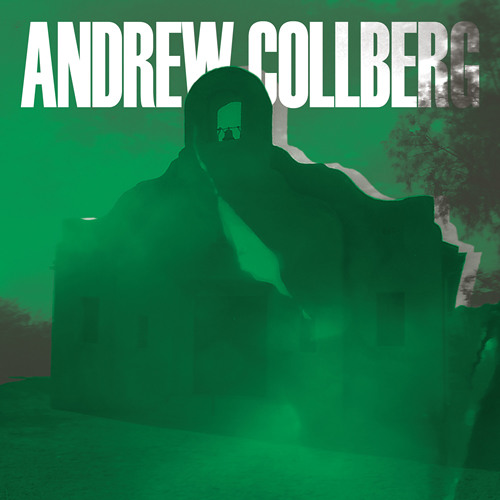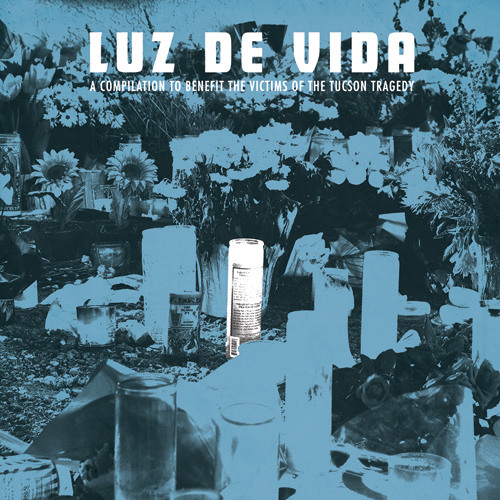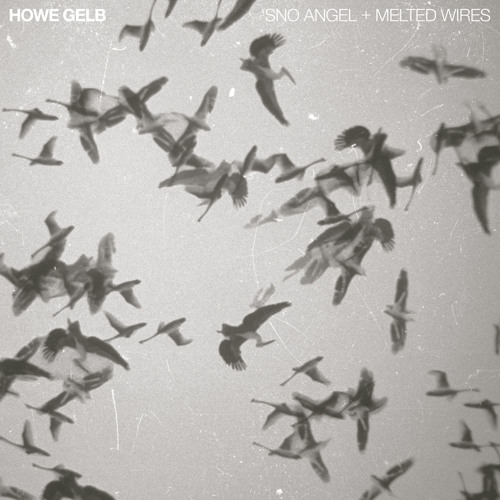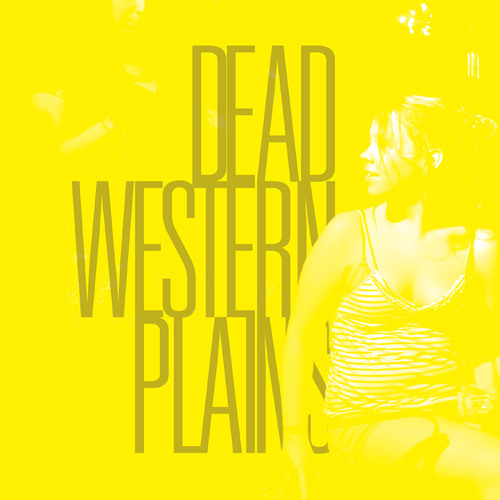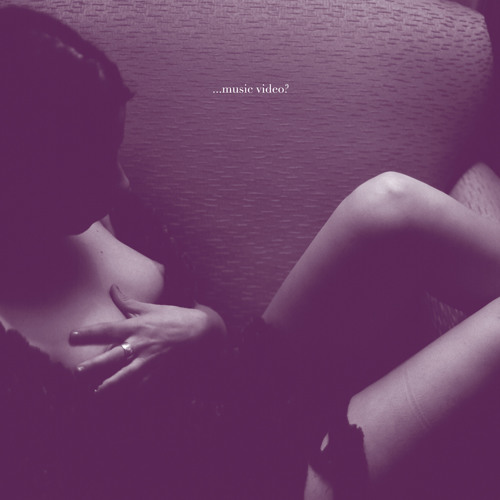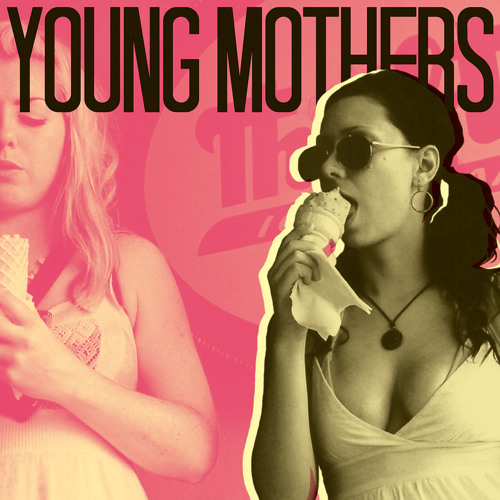 |
| Common Thread performing in Five Points [Jacksonville FL], circa early '90s; photo by Jody McFarland |
[
Repost from Jacksonville Music Experience; by Daniel A. Brown, October 6, 2023]
Thirty years ago, the Northeast Florida independent music community was many things and, even devoid of nostalgia from any surviving participants, boasted its own kind of low magick.
Like much of America, Jacksonville and the surrounding environs benefited from the 1970s punk rock scene that tore down the walls of popular music. Most crucially, in the 1980s, underground musicians made short work of digging through that very same rubble and musicians forged scenes across the country, brick by brick.
Locally, and specifically from 1985-1995, Northeast Florida had a fairly diverse underground music scene. Hardcore punk, ‘77-style punk, jangly R.E.M.-style rock, death-thrash metal and emerging glimmers of area hip-hop provided a decent and even at-times supportive environment for a diverse scene of local musicians. These artists found support through clubs like Einstein A Go-Go, Metropolis and scads of self-booked gigs at any rental meeting halls willing to allow wild punk rockers into their Elks’ Lodges or wedding-reception spaces.
In 1993, Common Thread self-released their sophomore record: Fountain. The band (vocalist-guitarists Joe Parker and Travis Taylor, Joey Zimmerman on bass, and Craig Parlet on drums) was indicative of the shared elements and principles that seemed to coalesce a Jacksonville-locals mentality: no-nonsense vibes, a tenacity to play any gig that would come their way and a desire to also document their music. The nine songs of Fountain were the sound of the band’s admitted influences like Sonic Youth and Flaming Lips but more in a style of shoegaze not afraid to stomp through the local sand and cryptic marshlands.
In December, Fort Lowell Records is releasing the 30th-anniversary reissue of Fountain as both a download and vinyl version. Fort Lowell provided the Jacksonville Music Experience an exclusive preview of the record’s first single, “Lydia Elle,” which will be officially released on October 13. Listen above.
JME tracked down Common Thread vocalist-guitarist Joe Parker, from his longtime home in Oregon, where he’s enjoying a parallel life as a guitar luthier. Parker gave us the history of Common Thread and his thoughts on the anniversary edition of Fountains.
What year did Common Thread actually begin?
Common Thread began officially in the fall of 1989. The first show we played was opening for Schrödinger’s Cat at the Metropolis in downtown Jacksonville. We were tuning up with pitch pipes. Halfway through our fifteen-minute set, Henry Wagner of Wag’s Record Hound approached the stage and told us to check our tuning. We were wholly incapable of complying and just plowed on. I remember seeing Arvid Smith play there with a semi-circle of pedals surrounding him. I definitely liked that. Our first drummer was Donald Kilpatrick, who played with us until the summer of 1992, when we played in New York City for the first time. We had a show scheduled at CBGB’s but ran out of cash. We stayed in a parking lot in Hoboken overnight and woke up suffocating and sweating to death in the van. Don and I got in an argument about staying or heading home. We had a couple days to kill before the show. Don was threatening to leave so we split since we couldn’t play without a drummer. I was so pissed. I had actually called Steve Shelley of Sonic Youth to invite him to the show — got his number out of the phone book. So cringy.
The mid-to-late ‘80s-early ‘90s of Northeast Florida were pretty vibrant as far as the actually ability to see live shows by then-underground bands—most famously at Einstein A Go-Go. What were some memorable shows that you saw at EAGG?
Coming up in Jacksonville, there was an assumption that we lived in a cultural backwater: “Surely every city has an Einstein A Go-Go, if not several bigger, better, cooler places.” It turned out that was not the case at all which gives EAGG an added luster. There was nothing like it anywhere but thank god it was where we were. I saw Fetchin’ Bones, Robyn Hitchcock, They Might Be Giants, the Feelies, Flaming Lips, Nirvana, Luna, th’ Faith Healers, Jane Siberry, Soundgarden, Primus, etc. These are just some shows that bubble to the surface.
Could you describe some of your memories and takeaways on that era of Jacksonville’s music scene before the grunge explosion hit?
I was not really a part of the music scene prior to the explosion. It all occurred right as Common Thread came online. That said, I began to know some older musicians (Thommy Berlin, Greg Wright, Ed Cotton, Stevie Stiletto, Arvid Smith) and became aware of the continuum of underground music in Jacksonville. It was good to feel part of that lineage even if we ran counter to most of it. There were bands that were further along, like Beggar Weeds and Rein Sanction, who we admired. We were in a cohort with bands like Crowsdell, Lysergic Garage Party, Fin Fang Foom and Gizzard among many others. In the period after Fountain (mid-‘90s,) we would rent out the Orange Park Lion’s Club and other suburban community centers to hold rock shows. We were amazed at the turnouts. We played at the Milk Bar and the Moto Lounge. When both of those venues were alive, downtown was electric. Club 5 in Riverside (now Sun-Ray Cinema,) was a great stage to play. We got the attention of a producer, Dave Hauser, at that time. He got us recording at the Warehouse Studio where we did an album plus worth of material (circa 1995-96.) It all felt purposeful and possible.
How many shows do you think Common Thread played in total; what are some memorable gigs?
We played hundreds of shows to tens of people. Not really but close. We would play anywhere we could. We had no merch and would go out of town to play a handful of shows in North Carolina. We once drove to Cleveland to play a festival that turned out to be all local bands. They were aghast that we drove that far for this?! We did a string of shows with the Veldt, culminating in a show at the Cat’s Cradle. They had a direct connection to the English bands we loved and it was eye opening to see what they did live. It was the first time we saw a drummer using a trigger to set off backing tracks and it sounded amazing. In the summer of ‘96 we hosted and opened for Sonic Boom of Spacemen 3 for a few shows. He was touring as E.A.R. I think we got the gig from Jason Lewis because we were the only band in town that knew who Spacemen 3 were. Even still, we were not on his level of cool. He did introduce us to spliffs, which we smoked until we got tired of mixing our weed with tobacco. We were in it for the adventure as much as anything else. Our gang mentality was in full effect. We were running strong for a good seven years (thirteen if you count the stragglers,) so I would say we did a couple hundred shows in that time.
How has this experience been of Fountain finding a second life of sorts? Have you considered any sort of reunion shows to promote the rerelease of the album?
When [Fort Lowell Records owner James Tritten] brought up the idea of releasing Fountain on vinyl I was immediately on board. It had been a small regret to have never pressed it even though it had never been a viable option. As an album, I feel it was our most cohesive. The music and art all came together. We were hitting our stride and loving it. If I still lived in Jacksonville, I think Travis and I would be able to pull something together and play some shows for the release, maybe even lure Craig out. As it is, it would be a pretty heavy lift.





